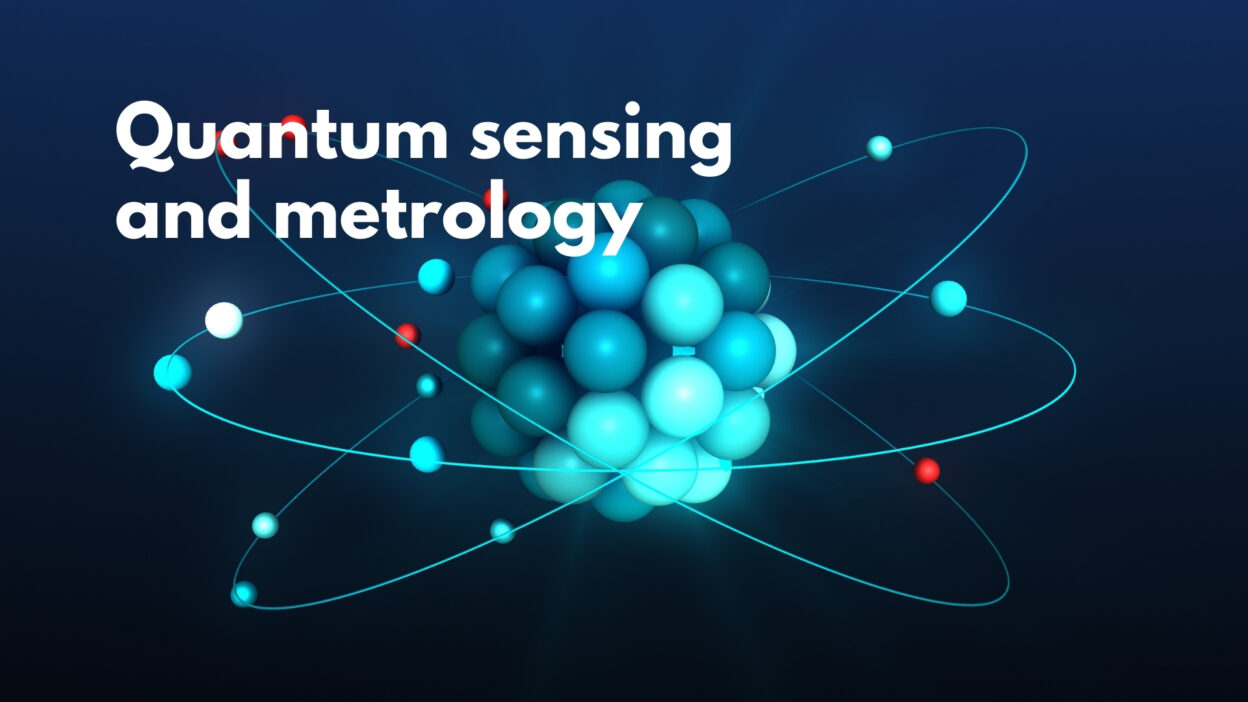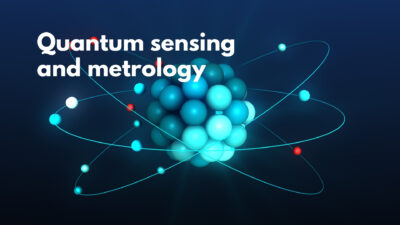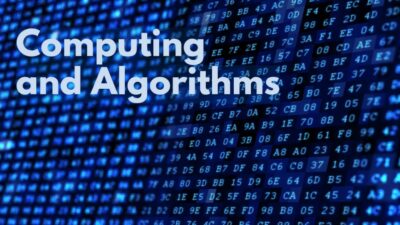**New Quantum Measurement Protocols by NIST**
The National Institute of Standards and Technology (NIST) has developed new protocols for measuring functions with reduced entanglement. This means they can measure things like magnetic fields, electric fields, or temperature more efficiently and accurately.
These protocols are crucial for near-term quantum sensor networks, which have various applications in chemistry, medicine, biology, materials science, physics, geodesy (measuring the Earth’s shape), and geophysics. By minimizing entanglement (a property of quantum systems), these protocols improve measurement time and reduce errors.
**Key Points:**
* Developed by Jacob A. Bringewatt and Adam E. Ehrenberg at NIST
* Focuses on measuring linear functions with reduced entanglement
* Can be used to measure spatially varying fields like magnetic or electric fields
* Has significant implications for various scientific and technological areas
**Potential Impact:**
These new protocols can lead to higher-fidelity implementations of optimal measurement protocols in the near term. This could drive innovation in various areas such as chemistry research or medical imaging using advanced sensors.
Implementation timeframe:
While no specific implementation timeline is mentioned in the article, it suggests that these new protocols will enable more accurate measurements using existing technology rather than requiring a complete overhaul of current systems.
Technical points simplified:
– **Entanglement**: When two particles become connected so their properties depend on each other even if separated.
– **Measurement time reduction**: These new methods allow us to get information from measurements faster while maintaining accuracy.
– **Higher-fidelity implementations**: Improved precision when taking readings
Keywords: Entanglement, Measurement, Protocols



